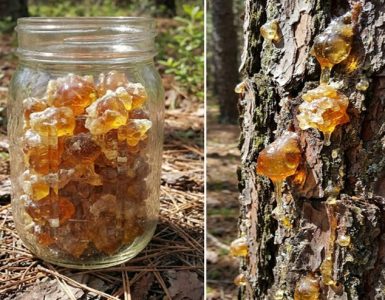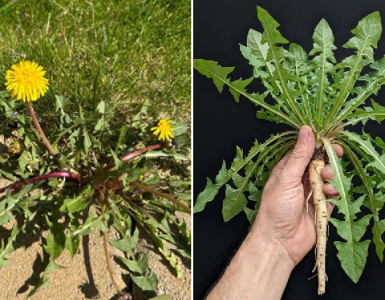In the picturesque landscapes of rural regions and even urban settings, sunflowers stand tall, their golden faces turned towards the sun. Beyond their aesthetic appeal, these radiant blooms serve a remarkable purpose that goes unnoticed by many: they are nature’s custodians, deployed to cleanse contaminated soil.
Sunflowers, with their deep root systems and robust growth, possess a unique ability to absorb and accumulate heavy metals and toxins from the soil. This process, known as phytoremediation, harnesses the power of plants to mitigate environmental pollution. While sunflowers are often celebrated for their beauty, their role in environmental cleanup is equally significant.
Contaminated soil poses a serious threat to ecosystems and human health, often resulting from industrial activities, mining operations, and improper waste disposal. Heavy metals such as lead, arsenic, cadmium, and zinc can persist in soil for decades, contaminating groundwater and posing risks to flora, fauna, and communities living nearby. Traditional methods of soil remediation, such as excavation and incineration, are expensive and environmentally intrusive. In contrast, phytoremediation offers a cost-effective and eco-friendly solution.
Sunflowers, along with other hyperaccumulating plants, have been employed in phytoremediation projects worldwide. Their ability to absorb heavy metals from the soil is remarkable, with some studies reporting significant reductions in contamination levels after sunflower cultivation. The process begins with planting sunflowers in polluted areas, where they gradually absorb toxins through their roots. As the sunflowers mature, the contaminants accumulate in their stems, leaves, and flowers. Once harvested, these plant parts can be safely disposed of or processed to extract the pollutants, effectively detoxifying the soil.
One notable example of sunflower-driven phytoremediation is the cleanup effort in the aftermath of the Chernobyl nuclear disaster. Following the 1986 explosion, vast areas surrounding the Chernobyl Nuclear Power Plant were contaminated with radioactive isotopes, particularly cesium-137. To address this environmental crisis, scientists planted thousands of sunflowers in the affected areas. These resilient flowers absorbed significant amounts of radioactive material from the soil, offering a ray of hope amidst the devastation.
Beyond their role in remediation, sunflowers also contribute to soil health and biodiversity. Their deep roots help improve soil structure, enhancing water retention and preventing erosion. Additionally, sunflower fields provide habitat and food sources for pollinators, birds, and other wildlife, enriching local ecosystems.
As the world grapples with environmental challenges, harnessing the power of nature’s solutions becomes increasingly crucial. Sunflowers, with their beauty and resilience, offer a compelling example of how plants can serve as allies in the fight against pollution. By embracing phytoremediation techniques and incorporating sunflowers into environmental restoration efforts, we can work towards a cleaner, healthier planet for future generations.






Add comment